
What is Deep Learning? A Simple Guide
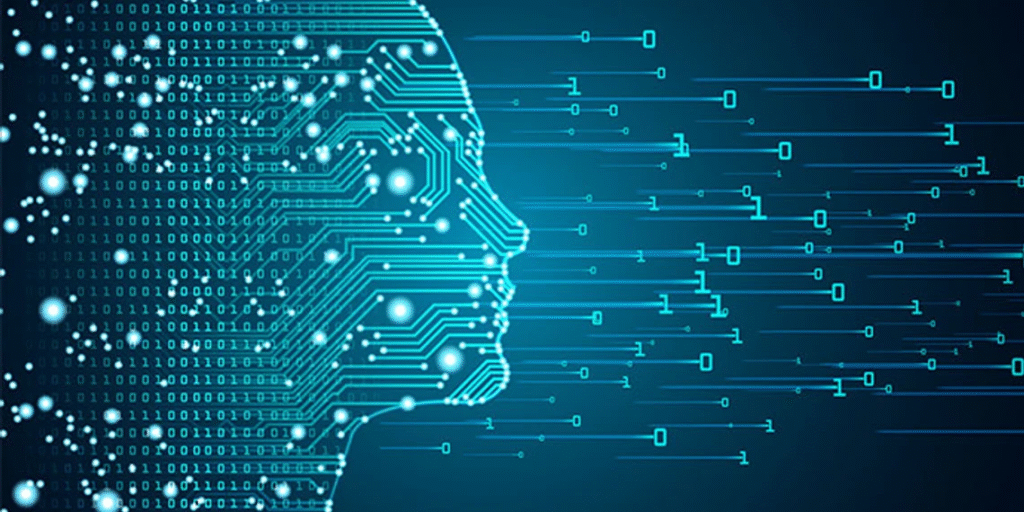
Deep learning might sound complicated, but at its core, it’s simply a way to teach computers to recognize patterns and make decisions, much like how our brains work.
Think of Your Brain
Your brain contains billions of connected neurons that work together to help you recognize faces, understand speech, or decide whether that animal you see is a cat or a dog. When you see your friend’s face, different neurons fire up and pass signals to each other until your brain says “I know who this is!”
Deep learning works in a similar way, using artificial “neurons” organized in layers – that’s why we call them “neural networks.”
What Makes It “Deep”?
The “deep” part comes from having many layers of these artificial neurons stacked on top of each other. Imagine a tower of different filters:
- The first layer might detect simple things like edges and lines
- The second layer combines these to recognize shapes
- The third layer puts shapes together to identify objects
- And so on, getting more sophisticated with each layer
Just like how you first learn to recognize letters, then words, then sentences, each layer builds understanding on top of the previous one.
How Does a Computer Learn?
Here’s where it gets interesting. Instead of programming a computer with specific rules (like “a cat has pointy ears and whiskers”), we show it thousands of examples.
Think of it like teaching a child to recognize animals:
- Show them 10,000 pictures of cats labeled “cat”
- Show them 10,000 pictures of dogs labeled “dog”
- Let their brain figure out the patterns
The computer does something similar. It looks at all these examples, adjusts its internal connections, and gradually gets better at telling cats from dogs.
Real-World Examples You Use Every Day
You probably use deep learning without even realizing it:
Your smartphone camera uses it to recognize faces and focus automatically.
Voice assistants like Siri or Alexa use it to understand what you’re saying and respond appropriately.
Social media uses it to decide which posts to show you first.
Navigation apps use it to find the fastest route and recognize traffic patterns.
Streaming services use it to recommend movies you might like based on what you’ve watched before.
What Can Deep Learning Do?
Deep learning excels at tasks that involve recognizing patterns in complex data:
- Image recognition: Identifying objects, people, or medical conditions in photos
- Language processing: Translating between languages or writing text
- Speech recognition: Converting your voice into text
- Game playing: Mastering complex games like chess or Go
- Prediction: Forecasting weather, stock prices, or equipment failures
The Magic Behind the Scenes
What makes deep learning powerful is its ability to find patterns that humans might miss or find too complex to program manually. It can process enormous amounts of data and discover subtle connections that lead to surprisingly accurate predictions.
For example, a deep learning system might discover that certain combinations of pixel patterns in medical scans indicate disease, even when these patterns are too subtle for human doctors to consistently notice.
Why Is It Popular Now?
Deep learning isn’t entirely new – the basic ideas have been around for decades. But three things came together recently to make it incredibly powerful:
- More data: The internet gave us massive amounts of information to learn from
- Better computers: Graphics cards (originally made for video games) turned out to be perfect for the type of calculations deep learning requires
- Smarter techniques: Researchers figured out better ways to train these systems
The Simple Truth
At its heart, deep learning is about pattern recognition. It’s a tool that helps computers find meaningful patterns in data, whether that data is images, text, sound, or numbers. By layering simple processing steps on top of each other, these systems can tackle surprisingly complex problems.
The “learning” happens through practice – just like how you get better at riding a bike by doing it over and over. The computer adjusts its approach based on its mistakes until it gets really good at the task.
Deep learning isn’t magic, but it can seem magical when you see a computer correctly identify a photo, translate a sentence, or recommend the perfect song. It’s simply a very effective way of teaching machines to recognize the patterns that surround us every day.



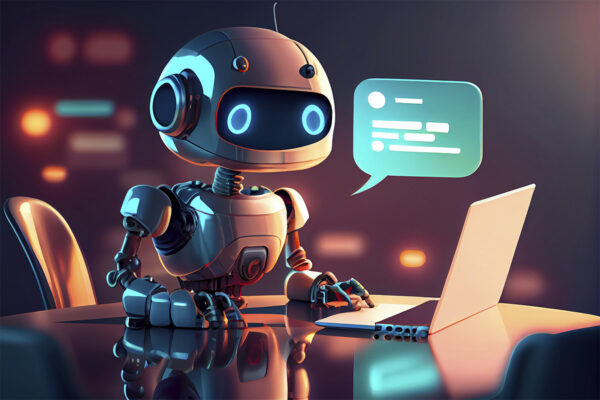
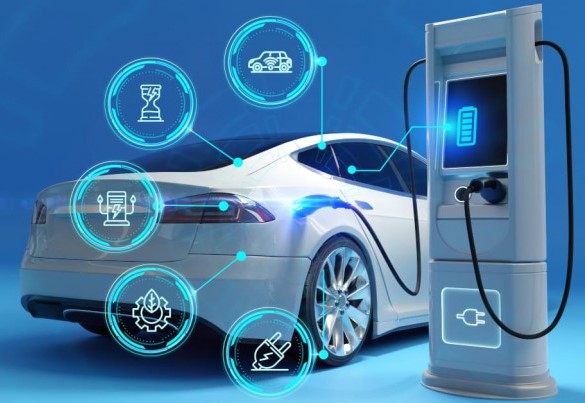
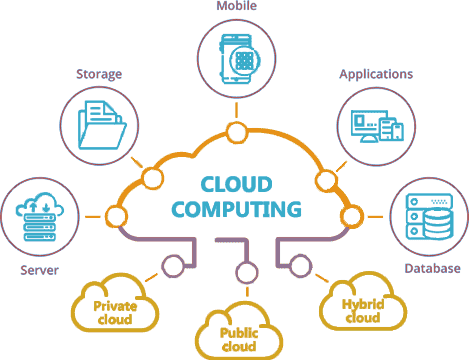


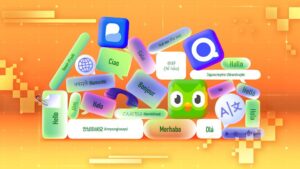
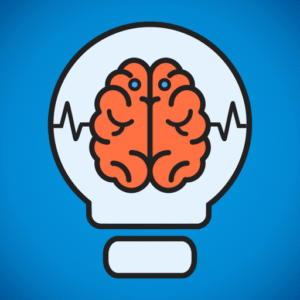
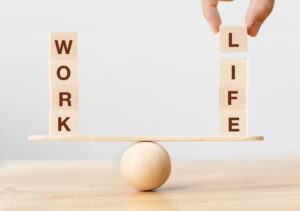



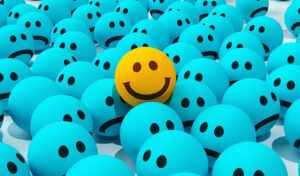
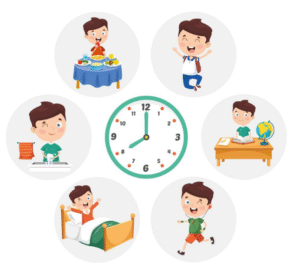
1 comment